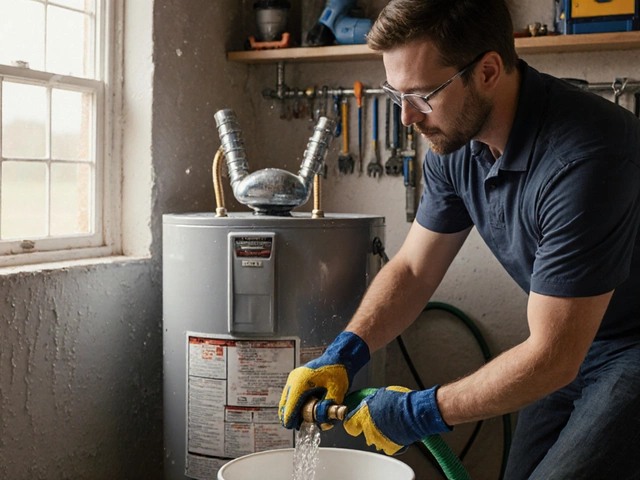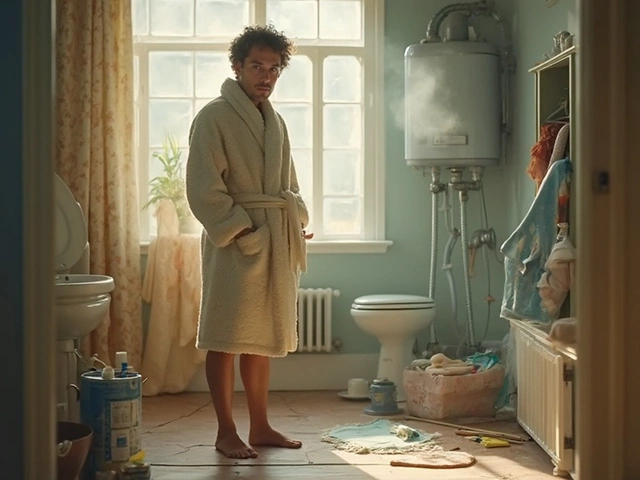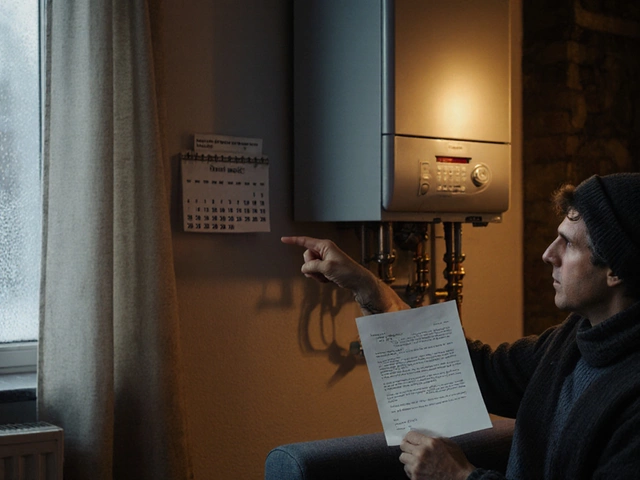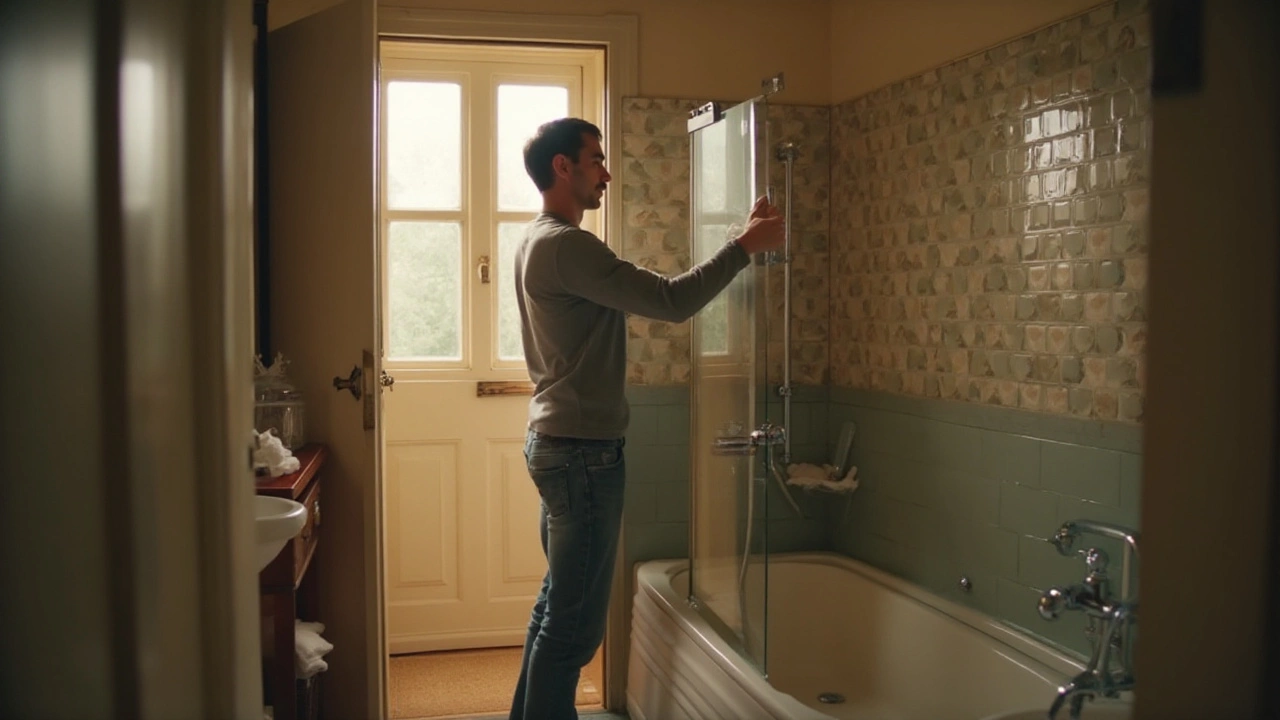Plumbing Solutions: Quick Tips to Keep Your Home Running Smoothly
If a pipe leaks, a boiler coughs, or an extractor fan rattles, you need fast, reliable fixes. This guide gives you clear steps for common plumbing issues, so you can stop the water damage, keep the heat on, and breathe easy without calling a pro for every little thing.
Boiler and Hot‑Water Problems
Boilers are the heart of heating in most UK homes. When they start making strange noises or stop heating, the first thing to check is the pressure gauge – it should sit between 1 and 1.5 bar when the system is cold. If it’s low, bleed the radiators and top up the system using the filling loop. Watch the pressure while you do it; once it’s steady, the boiler should fire up again.
Another common issue is a thermostat that’s stuck. Turn the thermostat off, wait a minute, then turn it back on. If the boiler still won’t turn on, look at the reset button on the unit – a quick press can clear a lock‑out. If these steps don’t help, it’s time to call a qualified engineer because internal faults can be dangerous.
Water Heater Care
Hot‑water tanks need a bit of love to avoid sudden cold showers. The simplest maintenance task is flushing the tank once a year. Turn off the power or gas, attach a garden hose to the drain valve, and let the water run until it’s clear. This removes sediment that reduces efficiency and can cause rust.
While you’re at it, inspect the anode rod – it’s a metal stick that protects the tank from corrosion. If it looks heavily corroded, replace it. A new rod can add years to the heater’s life and keep the water warm.
Extractor Fan Fixes
Extractor fans in kitchens and bathrooms prevent moisture buildup, but they can get noisy or stop working. First, switch the fan off at the circuit breaker, then remove the cover and clean any dust or grease from the blades. A buildup of grime often causes the motor to overheat.
If cleaning doesn’t help, test the fan motor with a multimeter. No continuity means the motor is dead and needs replacing. Swapping a motor is straightforward: disconnect the wiring, unscrew the old motor, fit the new one, reconnect, and secure the cover. Most fans are designed for DIY swaps, but if you’re unsure about the wiring, a qualified electrician can finish the job safely.
General Plumbing Maintenance
Regular checks can stop small leaks from becoming big headaches. Look under sinks for signs of water stains, and tighten any loose fittings you find. Use plumber’s tape on threads before you screw fittings back together – it helps create a watertight seal.
When you notice a slow drain, try a homemade solution of baking soda followed by hot water. This often clears minor blockages without harsh chemicals. For stubborn clogs, a simple hand‑operated drain snake does the trick without damaging pipes.
Finally, keep a small emergency kit stocked: pipe wrench, adjustable pliers, plumber’s tape, and a bucket. When a pipe bursts, you can shut the main valve, catch the water, and call a professional with the basics already under control.
By staying on top of these basic plumbing solutions, you’ll save money, avoid stress, and keep your home comfortable all year round. When in doubt, don’t hesitate to call a certified plumber – a quick fix now prevents costly repairs later.






